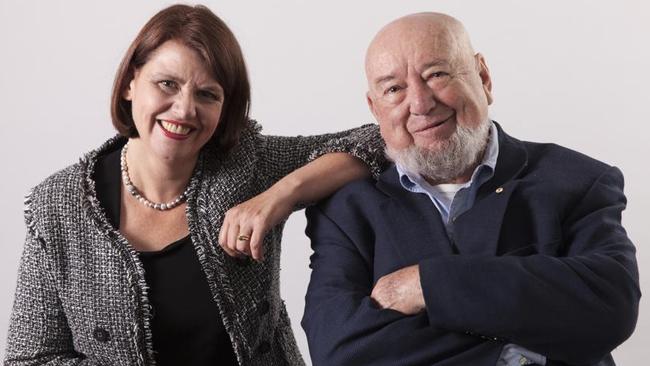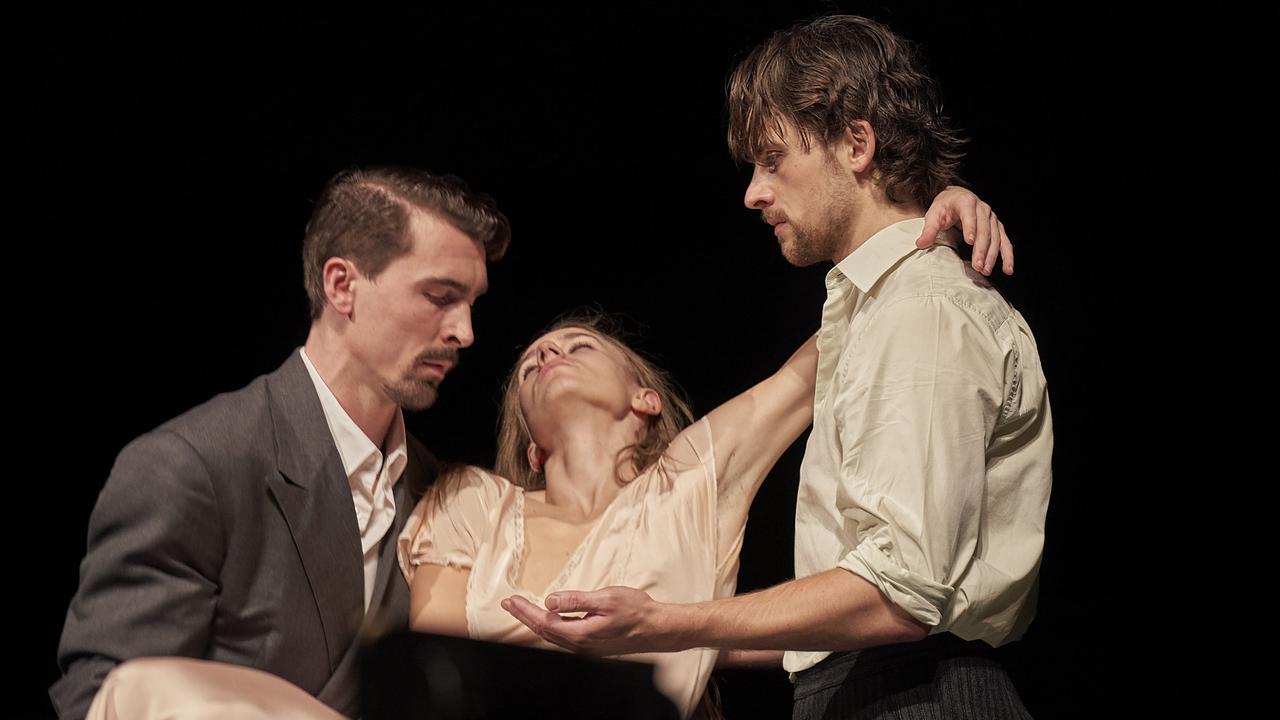Keneallys’ Monsarrat convict capers continue in Sydney’s Female Factory
Meg and Tom Keneally’s convict creation Hugh Llewellyn Monsarrat is back for more adventure.

The gentleman convict Hugh Llewellyn Monsarrat was introduced by daughter-and-father team Meg and Tom Keneally in the first book of this series, The Soldier’s Curse. Intuition and intelligence fitted him to solve the murder of the wife of the commandant of the penal settlement at Port Macquarie.
For that exploit, in which he was aided in large measure by his redoubtable Irish housekeeper Hannah Mulrooney, Monsarrat had his ticket of leave restored and was given funds with which to re-establish himself.
In the follow-up, The Unmourned, it is November 1825. Monsarrat is a clerk to the private secretary at Government House, Parramatta. The colony is between governors — Ralph Darling yet to replace Thomas Brisbane — which may explain the prevailing moral laxity.
An egregious example is Robert Church, not only superintendent of the Female Factory but a sexual abuser of its inmates and a trader in sly (and adulterated) grog. He vanishes in person from the book after a few pages, with an awl driven through his eye into the brain.
Monsarrat’s superior, Ralph Eveleigh, decides to enlist his clerk’s peculiar and extracurricular skills, notwithstanding that the murder of Church is assumed to be a straightforward case. The only suspect is refractory convict Grace O’Leary, who has been punished for trying to protect convict women from Church’s depredations and for inciting them to riot.
The investigation takes Monsarrat, together with Mrs Mulrooney, into the Female Factory. This was the first of 11 to be established in the Australian colonies. Here — among thousands — Mary Shields, Meg Keneally’s great-great-grandmother, was an inmate.
The factory’s functions are various: ‘‘a place of incarceration … a marriage bureau and an employment agency … a business … and it was a place of asylum, intended to protect vulnerable women from the men in the colony.’’ The failure in that last particular, which perhaps led to Church’s murder, will become a business in which several seek to thwart Monsarrat’s efforts of detection.
Among them are the Superintendent of Police, Ezekiel Daly, the venal and vicious magistrate who wants no inquiry into Church’s grog dealing, Socrates McAllister, unfavoured nephew of the greatest colonial pastoralist (and modelled on Hannibal Macarthur), and Martin Crotty, keeper of one of Parramatta’s unlicensed public houses, ‘‘places of mad fiddle music and the singing of discontented songs’’.
There is trouble for Monsarrat from women as well. He lost his first ticket of leave when out of his area on a tryst with Sophia Stark. Now she sees him as her path to a higher status than running the Prancing Stag Inn. Rebecca Nelson, wife of a Quaker merchant, seems to be a beneficent figure among the women of the factory. She, however, like all those who are fatefully congregated in the penal colony, may fall victim to the discovery of her unvarnished past.
Blackmail stalks the characters of The Unmourned. The threat of undoing the status, reputation, freedom, or even life of its victims, shows a propinquity with the literary form of melodrama, where dispossession is the perennial danger.
The elder Keneally is the greatest modern adaptor of the once despised mode of melodrama in Australia, a tradition that encompasses Marcus Clarke and Manning Clark and many besides. The constant anxiety of losing everything is at its core. Monsarrat is beset by predators, whether in official positions or in the shadows.
This is the moral and physical terrain of Tom Keneally’s breakthrough novel Bring Larks and Heroes (1967), set in a penal colony at ‘‘the world’s worse end’’, and of its brilliant revision from tragedy to comedy two decades later in The Playmaker.
In The Unmourned, as in each of those novels, there are Irish and English backstories. For Hannah Mulrooney, these are memories of the Young Ireland rebellion, when ‘‘farmhouses were burning and people being shot by the side of the road’’. Her lover and father of her son and her own father were among the Catholics killed that day. Memories are as potently transported as those to whom they belong.
The Keneallys have hit their straps with this Monsarrat outing. The climax is violent and disorienting. Executions have punctuated Keneally’s historical novels and here we have another, for all that it is a dupe who hangs.
The Unmourned concludes with Monsarrat being summoned again with news of his dispatch — on high tide the next day — to Van Diemen’s Land, ‘‘as remote as it was possible to be, dangling off the edge of the world as it did’’. The third instalment of Monsarrat’s dangerous tour of the convict settlements of Australia can be anticipated with relish.
Peter Pierce’s books include Australian Melodramas: The Fiction of Thomas Keneally.
The Unmourned
By Meg and Tom Keneally
Vintage, 320pp, $32.99


